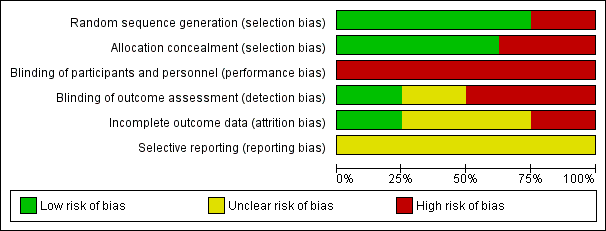Contenido relacionado
Revisiones y protocolos relacionados
Bridget Candy, Louise Jones, Robyn Drake, Baptiste Leurent, Michael King | 15 junio 2011
Anthony Byrne, Anna Torrens-Burton, Stephanie Sivell, Fabio Ynoe Moraes, Helen Bulbeck, Mark Bernstein, Annmarie Nelson, Helen Fielding | 6 enero 2022
Philippa M Moore, Solange Rivera, Gonzalo A Bravo‐Soto, Camila Olivares, Theresa A Lawrie | 24 julio 2018
Karen Galway, Amanda Black, Marie M Cantwell, Chris R Cardwell, Moyra Mills, Michael Donnelly | 14 noviembre 2012
Shiraz I Mishra, Roberta W Scherer, Claire Snyder, Paula M Geigle, Debra R Berlanstein, Ozlem Topaloglu | 15 agosto 2012
Bojoura Schouten, Bert Avau, Geertruida (Trudy) E Bekkering, Patrick Vankrunkelsven, Jeroen Mebis, Johan Hellings, Ann Van Hecke | 25 marzo 2019
Margarita Corry, Kathleen Neenan, Sally Brabyn, Greg Sheaf, Valerie Smith | 14 mayo 2019
Jacqueline Sin, Cheryl D Jordan, Elizabeth A Barley, Claire Henderson, Ian Norman | 8 mayo 2015
Dang Wei, Pauline Heus, Fleur T van de Wetering, Geertjan van Tienhoven, Leen Verleye, Rob JPM Scholten | 31 agosto 2018
Zheng Liu, Yu‐Ying Sun, Bao‐liang Zhong | 14 agosto 2018
Respuestas clínicas Cochrane
Jane Burch, Agustín Ciapponi | 1 mayo 2020




